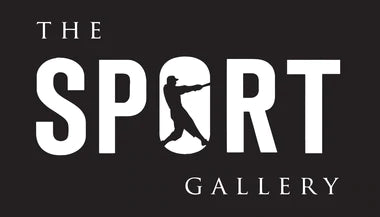Read Up!
You don't have any articles yet! Once you've written one, it will show up here.

You don't have any articles yet! Once you've written one, it will show up here.
Get the latest product drops, news, and promotions delivered to your inbox weekly.
Keeping the history of SPORT Magazine alive since 2005. The SPORT Gallery's mission is to preserve the history and beauty of sports, through timeless vintage-inspired apparel, gifts, and museum-quality classic sports photography.